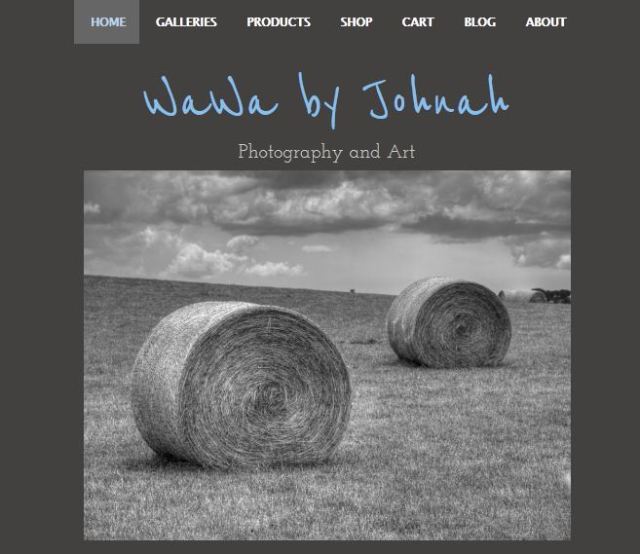I went for a leisurely drive out to Byng over the Long Weekend. I had been there many years ago and taken photos, but I must have lost the film, because I don’t ever remember seeing the processed prints.
The drive to Byng was interesting in itself. About a third of the trip was dirt, and a couple of kilometres of this were through a large property/farm. I don’t often drive on roads where cattle are free to wander onto the road- I was driving through their paddock!
 I love old churches and cemeteries. The character and architecture of them is stunning and they hold much of the history of long forgotten villages and towns. I am amazed at how many still stand, even though they are over a hundred years old and rarely used any more. The current Byng Uniting church was built in 1872, to replace the Wesleyan Chapel that was a few hundred metres away. I’m not sure what happened to the Chapel, either it became too small for a bustling village or fell down.
I love old churches and cemeteries. The character and architecture of them is stunning and they hold much of the history of long forgotten villages and towns. I am amazed at how many still stand, even though they are over a hundred years old and rarely used any more. The current Byng Uniting church was built in 1872, to replace the Wesleyan Chapel that was a few hundred metres away. I’m not sure what happened to the Chapel, either it became too small for a bustling village or fell down.

The church stone is an acid volcanic rock known as tuff, produced by the consolidation of volcanic ash and other volcanic fragments found around volcanic openings. It is porous and is not subject to salt attack like sandstone. Tuff is a reasonably common local stone and, from a distance, resembles yellowblock sandstone in appearance (More Byng History).
The church has some interesting features, including some intricate sculptural aspects above the windows. It also includes an outdoor toilet, aka a ‘long drop’, out the back.
 Across the road from the church is the cemetery. The cemetery contains the graves of many early settlers and their descendants. One of the people burried there is William Tom, the first discoverer of gold in Australia.
Across the road from the church is the cemetery. The cemetery contains the graves of many early settlers and their descendants. One of the people burried there is William Tom, the first discoverer of gold in Australia.
Some further information on Byng–
Byng, near Orange NSW, was originally named ‘Cornish Village’ after the original Cornish settlers who brought the first fruit trees from Cornwall and gave birth to the Orange district’s fruit industry on the ‘Pendarvis’ property. Apples were produced in Byng for over 100 years but now there are mainly cattle, sheep and a little cropping. At its peak, Byng village had around 600 residents.
The Church and the cemetery are all that remain of the original village.
Websites of interest:

All The Materials Contained May Not Be Reproduced, Copied, Edited, Published, Transmitted Or Uploaded In Any Way Without My Permission. My Images Do Not Belong To The Public Domain.
© WaWa by Johnah (Sarah Donoghue)
![]()








